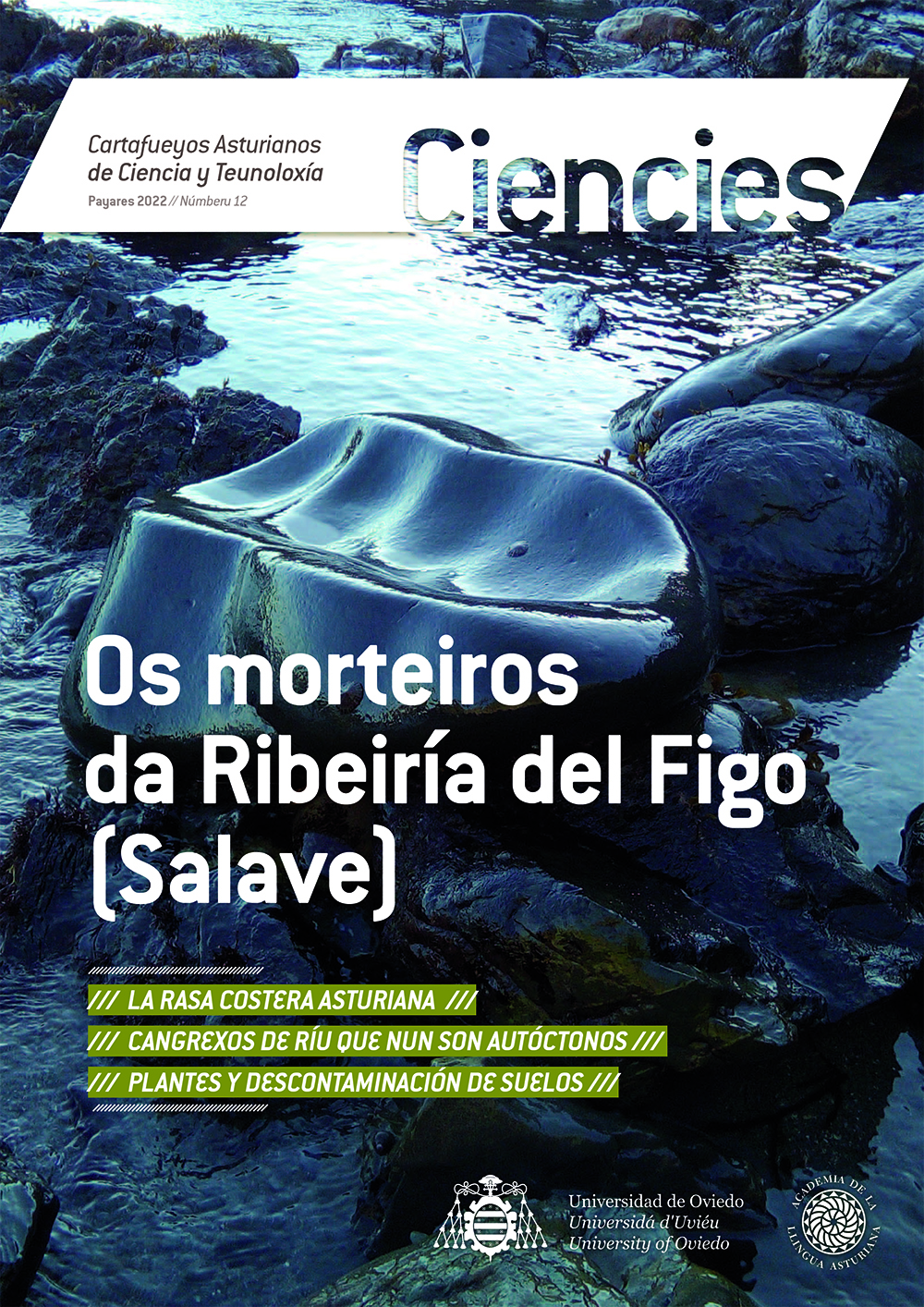References
Dinh, N.T.; Vu, D.T.; Mulligan, D.; Nguyen, A.V. (2015). Accumulation and distribution of zinc in the leaves and roots of the hyperaccumulator Noccaea caerulescens. Environmental and Experimental Botany 110: 85-95.
Fernández, R.; Bertrand, A.; Casares, A.; García, R.; González, A.; Tamés, R.S. (2008). Cadmium accumulation and its effect on the in vitro growth of woody fleabane and mycorrhized white birch. Environmental Pollution 152: 522–529.
Fernández, R., Bertrand, A., García, J.I., Tamés, R.S., González, A. (2012). Lead accumulation and synthesis of non-protein thiolic peptides in selected clones of Melilotus alba and Melilotus officinalis. Environmental Experimental Botany 78: 18–24.
Fernández-Fuego, D.; Bertrand, A.; González, A. (2017). Metal accumulation and detoxification mechanisms in mycorrhizal Betula pubescens. Environmental Pollution 231: 1153-1162.
González, H.; Fernández-Fuego, D.; Bertrand, A.; González, A. (2019). Effect of pH and citric acid on the growth, arsenic accumulation and phytochelatin synthesis in Eupatorium cannabinum L., a promising plant for phytostabilization. Environmental Science and Pollution Research 26: 26242–26253.
Ma, L.Q.; Komar, K.M.; Tu, C.; Zhang, W.H.; Cai, Y.; Kennelley, Ed. (2001). A fern that hyperaccumulates arsenic. Nature 409: 579.
Navazas, A.; Hendrix, S.; Cuypers, A.; González, A. (2019). Integrative response of arsenic uptake, speciation and detoxification by Salix atrocinerea. Science of the Total Environment 689: 422-433.
Parmar, S.; Singh, V. (2015). Phytoremediation approaches for heavy metal pollution: a review. Journal of Plant Science Research 2(2): 139.

